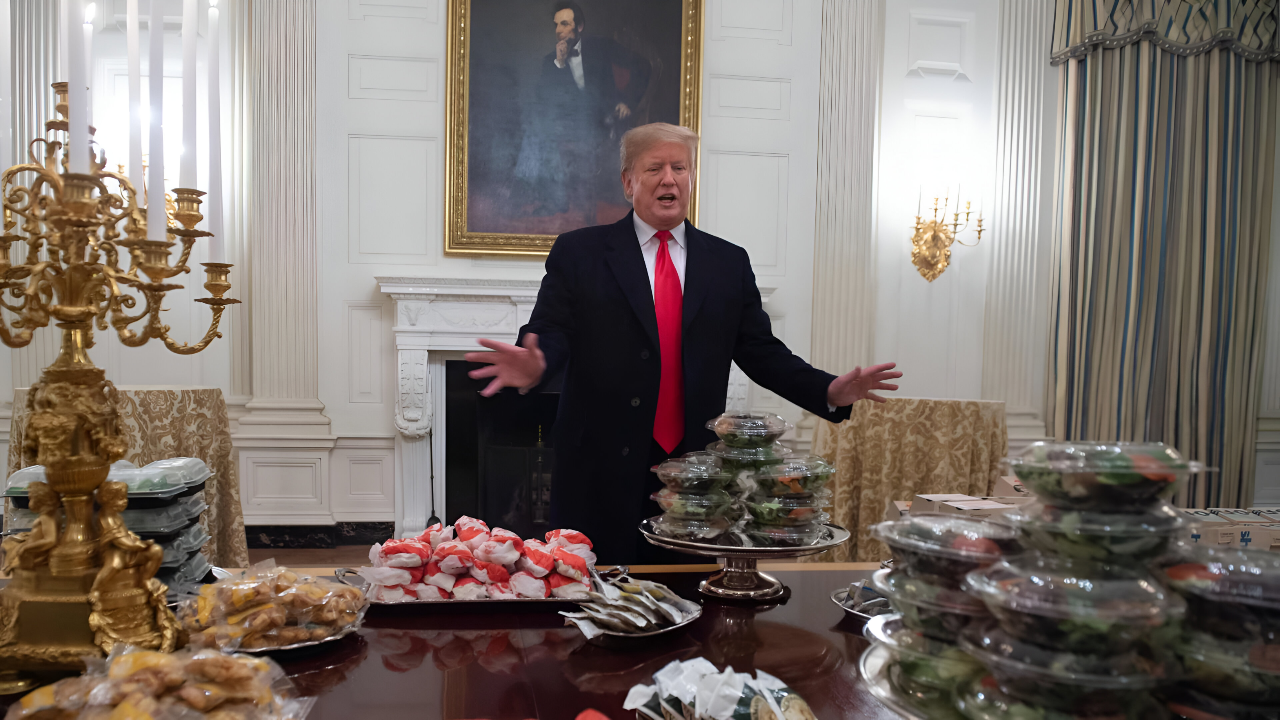
Inside the White House, what presidents and first ladies refuse to serve reveals as much about them as any state policy.
Foods have been scrupulously banned from official menus for reasons that range from personal distaste and nutrition campaigns to political messaging.
As you’ll soon see, some famous favorites not only vanished from presidential plates—they became punchlines, protests, and points of pride. What menus hide matters as much as what they serve.
1. Broccoli’s Presidential Downfall
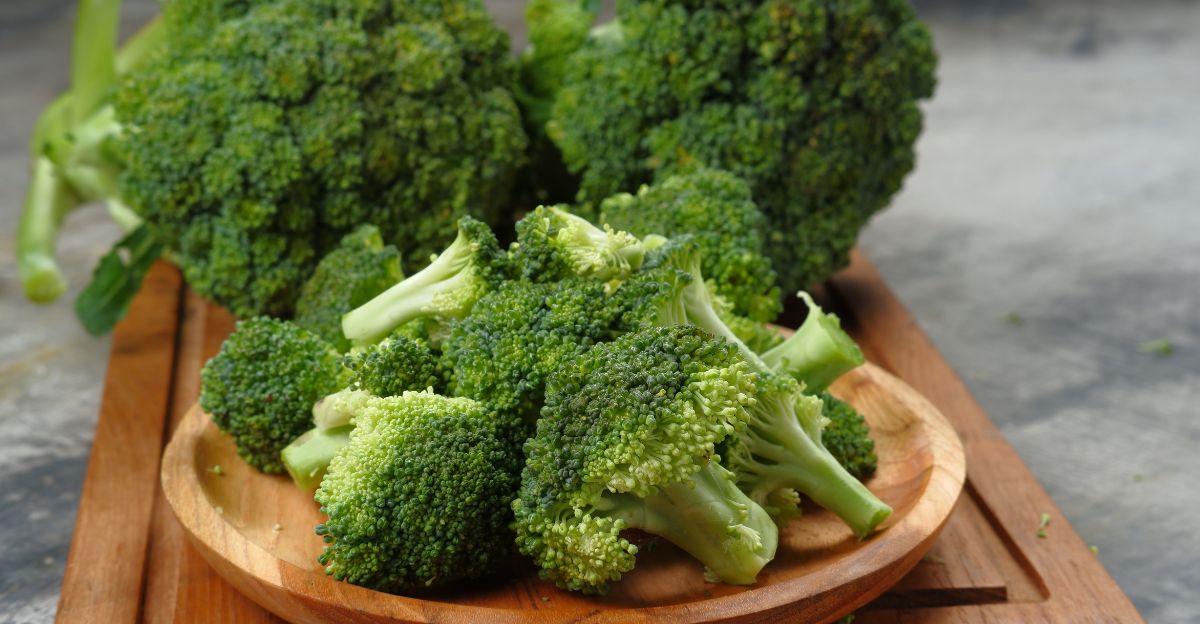
George H.W. Bush’s aversion to broccoli is perhaps the most infamous food ban in the White House. Not only did he remove all broccoli from the White House and Air Force One, but he made his dislike a global headline: “I’m president of the United States, and I’m not going to eat any more broccoli.”
Barbara Bush confirmed that he banned broccoli, Brussels sprouts, cauliflower, and cabbage after his 60th birthday. Staff knew never to serve it in any form.
2. Macaroni and Cheese Controversy
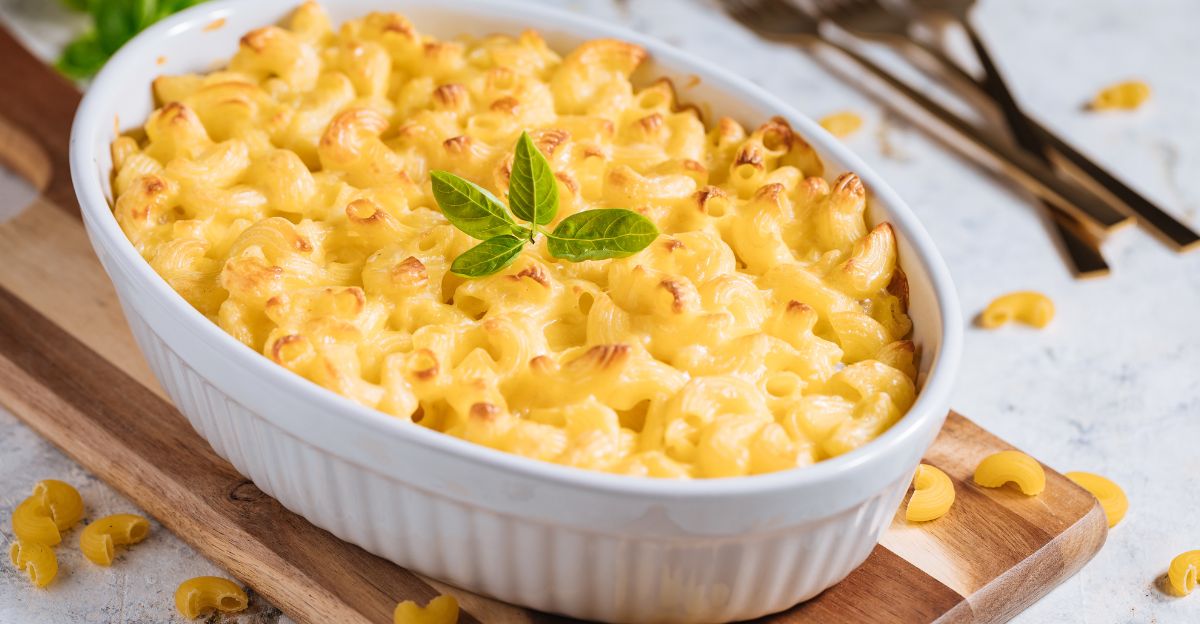
Nancy Reagan declined boxed macaroni and cheese for official White House luncheons, saying it was “too heavy,” opting instead for lighter, more elegant fare that reflected her taste and public image.
Guests who anticipated American comfort food often found carefully curated alternatives, making her stance both a wellness statement and a nod to what she considered presidential sophistication. It’s a ban that is still remembered—and sometimes debated—by former staff.
3. Sweetbreads: The Not-So-Fancy Choice
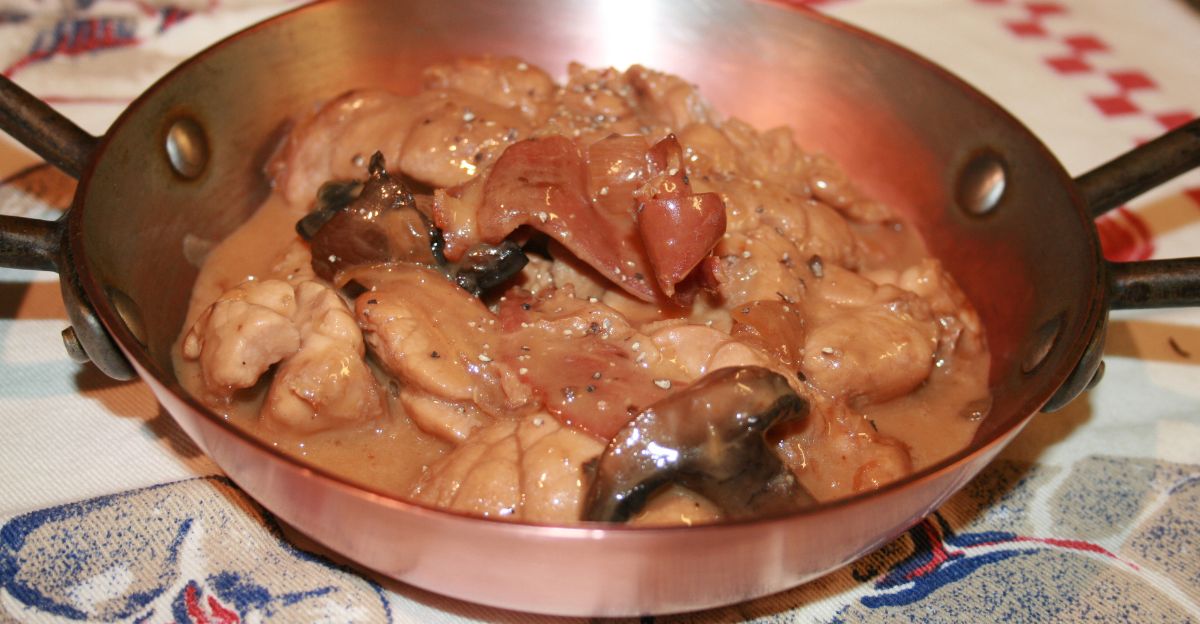
During Franklin and Eleanor Roosevelt’s time, a frugal housekeeper refused to serve expensive foods, leading to frequent meals of chicken and—eventually—repetitive plates of sweetbreads.
FDR’s own letter recounts eating sweetbreads six times a week, so much that “my stomach positively rebels.” Hemingway described Roosevelt-era state dinners as “the worst he’d ever eaten.”
4. The Dislike of Soup
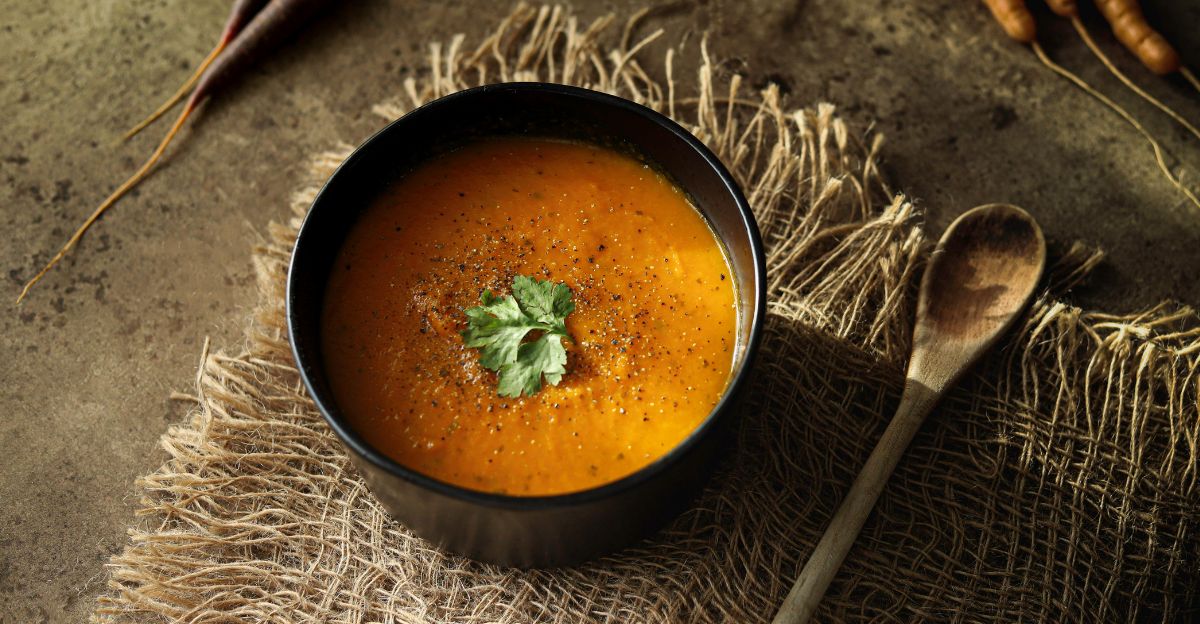
President Nixon’s dislike of soup was so pronounced that he ordered it to be removed from White House state dinners. This left international guests puzzled, as soup was considered standard at formal meals worldwide.
Nixon’s staff later confirmed that the omission reflected his personal taste and unusual approach to formal diplomacy, generating more than a few dinner-table whispers among staffers and visiting officials alike.
5. Stinky Cheese Rebuffed
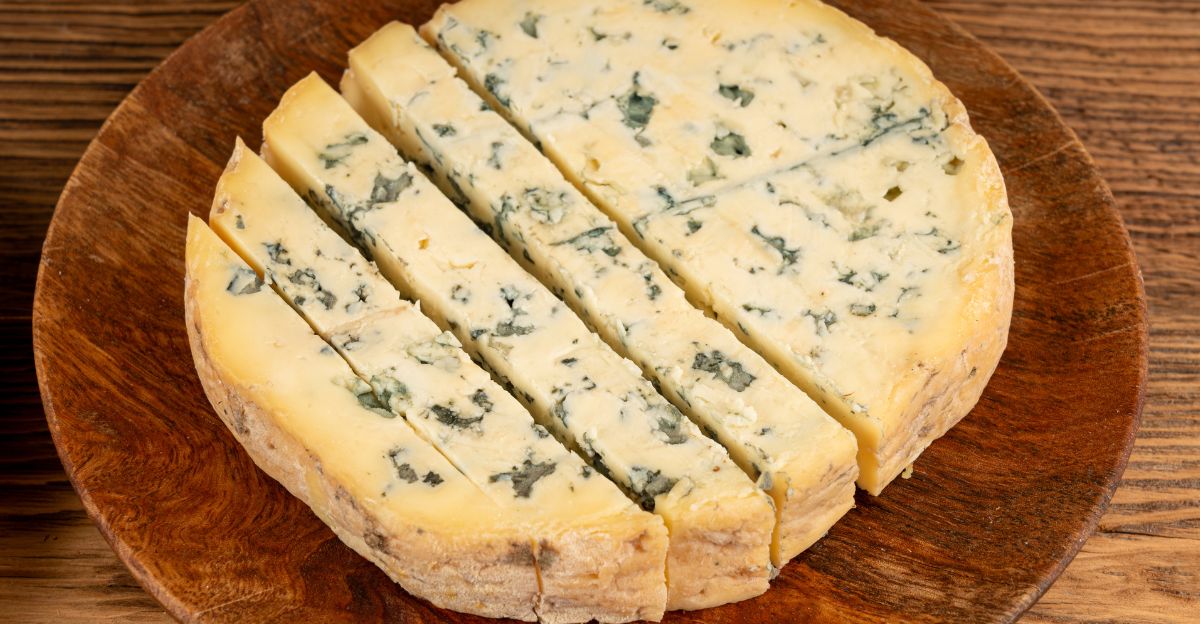
Martin Van Buren’s tenure exposed the downside of a tradition involving gifts of oversized wheels of cheese.
After inheriting the lingering odor from Andrew Jackson’s farewell party, Van Buren banned cheese (especially pungent varieties) from receptions.
Staff recounted sanitizing the White House for days, and Van Buren’s policy set the stage for stricter controls on quirky culinary gifts.
6. Alcohol Goes Dry
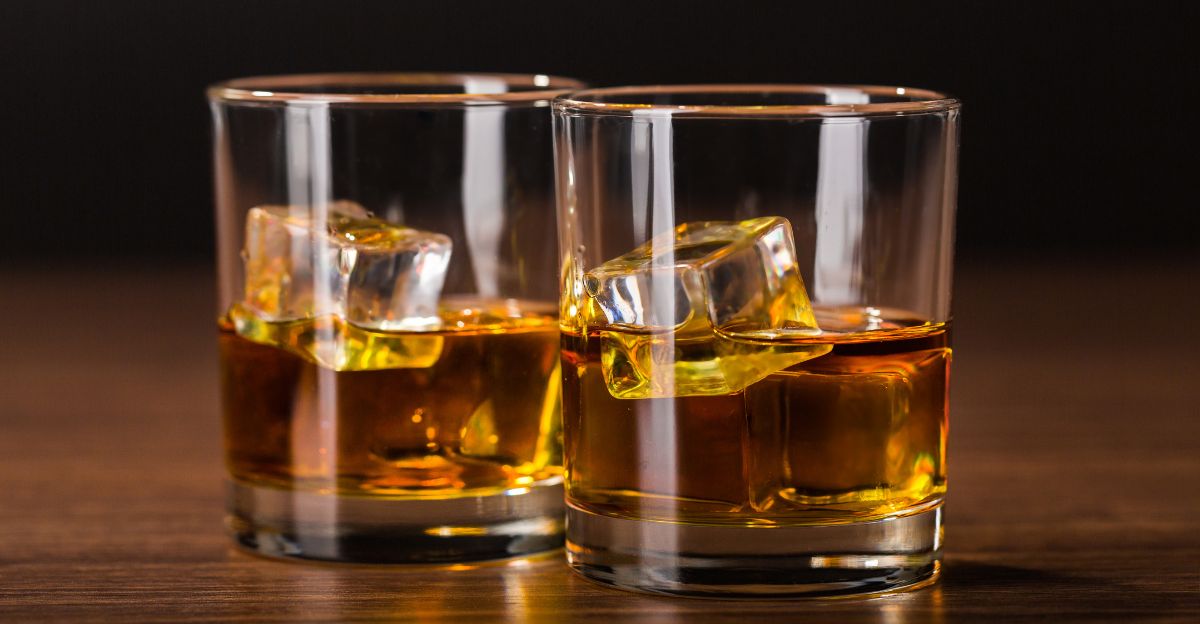
Presidents have repeatedly imposed bans on alcohol, notably Jimmy Carter, often citing moral standards or public reputation.
Jimmy Carter is accurately recognized as a president who personally drank very little and preferred a modest approach to alcohol in the White House.
During his administration, Carter “had the White House emptied of spirits,” meaning hard liquor was generally removed from official residence stock and not served at most formal events.
7. Processed Food Ban
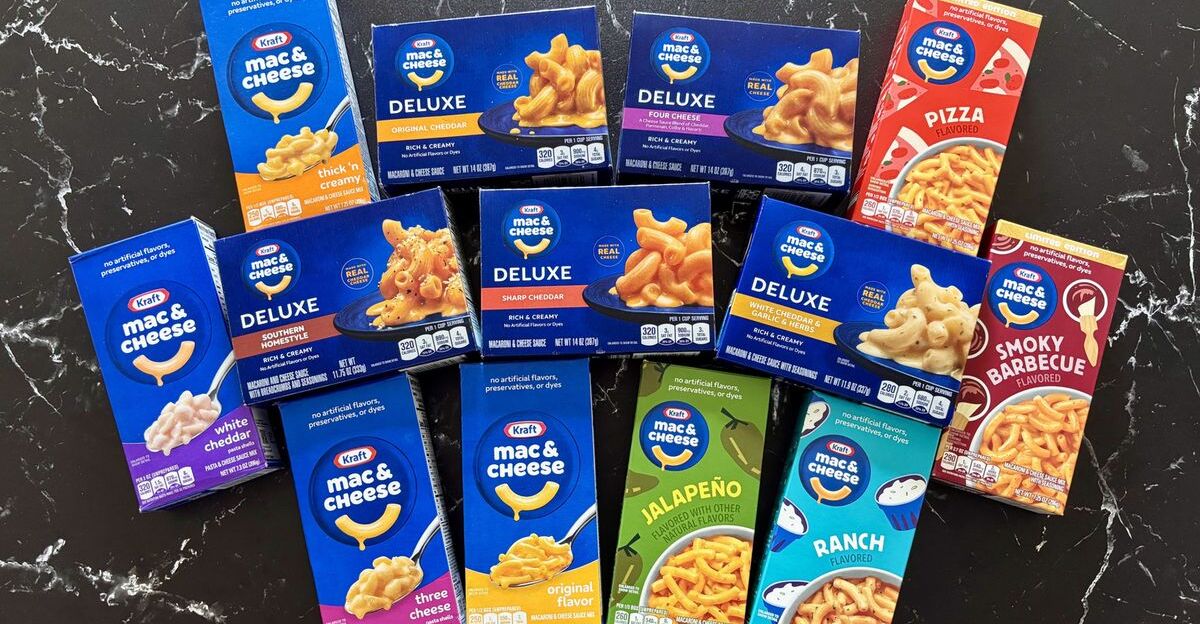
Michelle Obama aimed to reduce the consumption of processed foods in her health advocacy, strictly banning Kraft Macaroni and Cheese from the White House kitchen in 2015.
“Cheese dust is not food,” she told Cooking Light, underscoring her commitment to fresh ingredients and healthy eating.
The move aligned with her “Let’s Move!” campaign to combat childhood obesity, but also surprised those who recalled Chelsea Clinton’s own fondness for the dish during the 1990s.
8. Lincoln’s Turkey Pardon
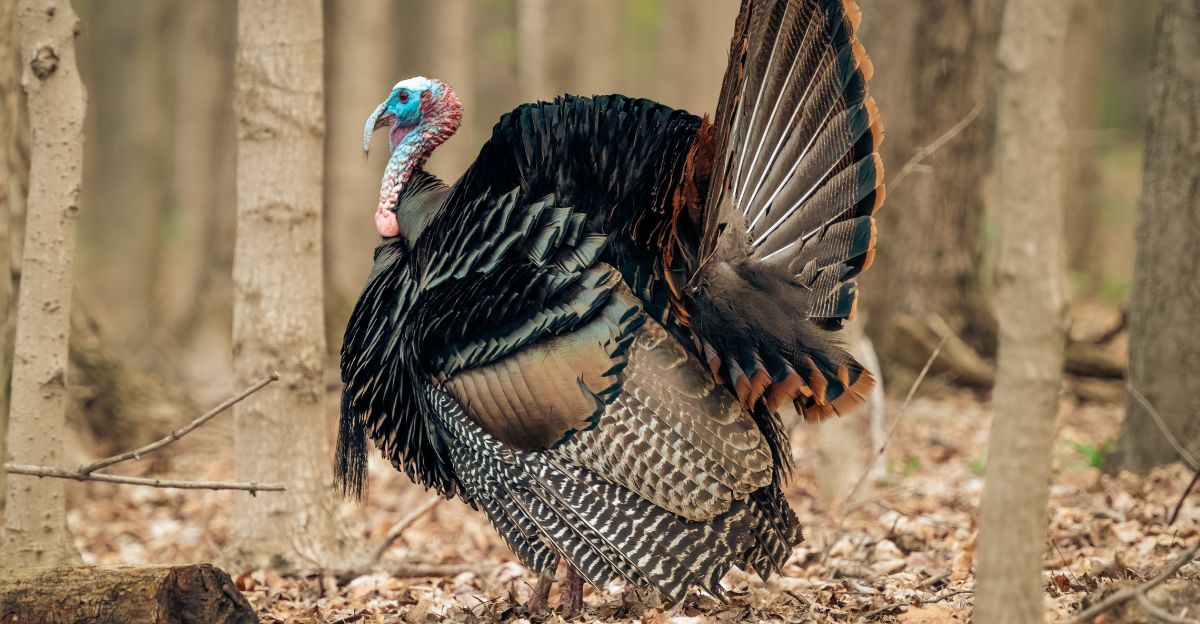
Abraham Lincoln established the tradition of pardoning holiday turkeys thanks to his son Tad’s intervention. The first bird, affectionately nicknamed Jack, was spared from being served at Christmas.
Since Lincoln’s precedent, presidents have continued this compassionate gesture, retiring the turkeys to farms rather than dinner tables—giving new meaning to “food ban.”
9. Raccoon: Off the Menu
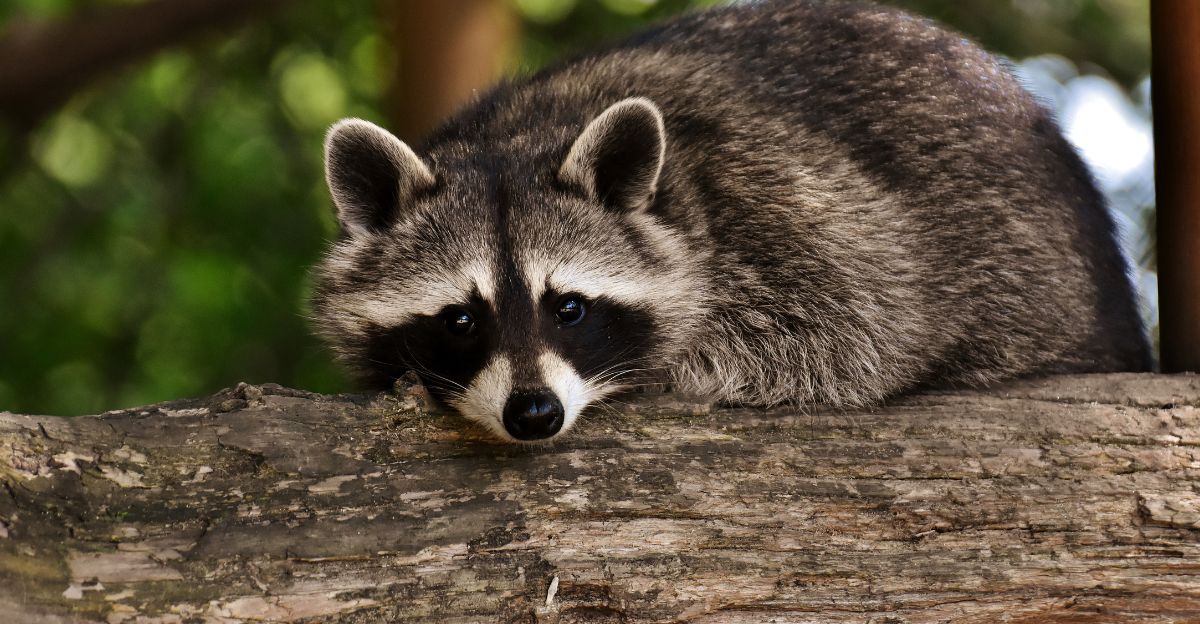
President Calvin Coolidge was sent a live raccoon to serve for Thanksgiving. Instead, he kept the animal as a pet and ordered that the raccoon never grace the White House menu.
Stories from the era describe the raccoon’s antics on the grounds, and the staff’s bemused relief at the president’s odd refusal.
10. String Beans Disinvited
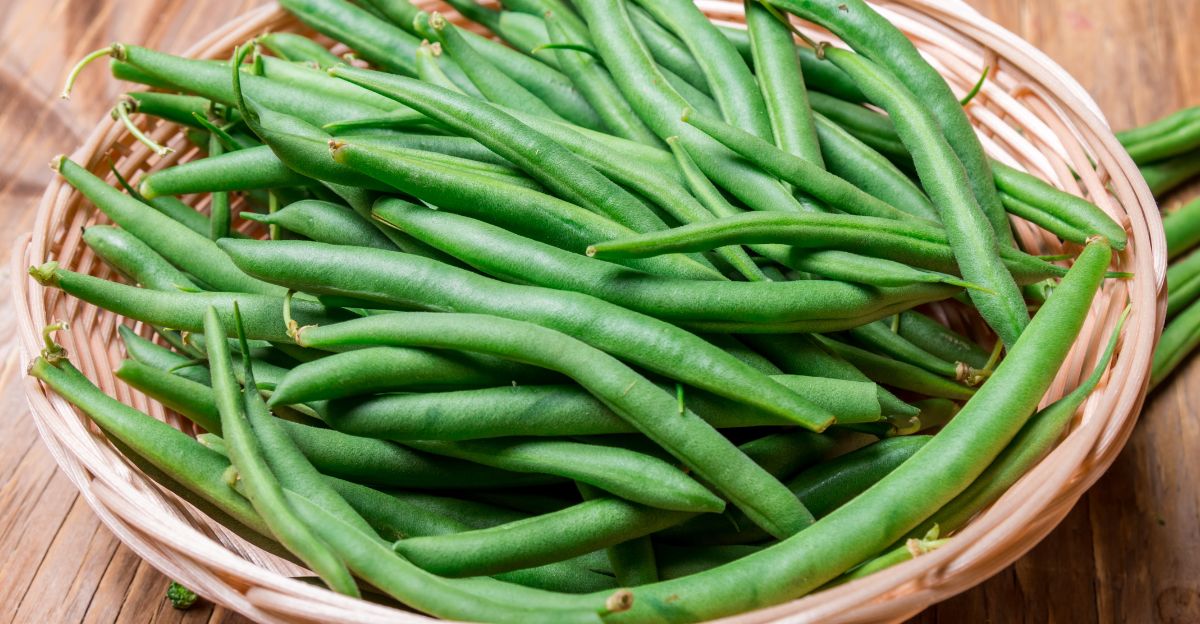
Lyndon B. Johnson was particular about vegetables, especially string beans. As recounted by White House Chef Henry Haller, LBJ demanded no beans with tough “strings,” stating he “didn’t have time to take them off.”
From that moment forward, string beans were banished from Johnson’s table, and staff found creative vegetable alternatives.
11. No Boozy State Dinners
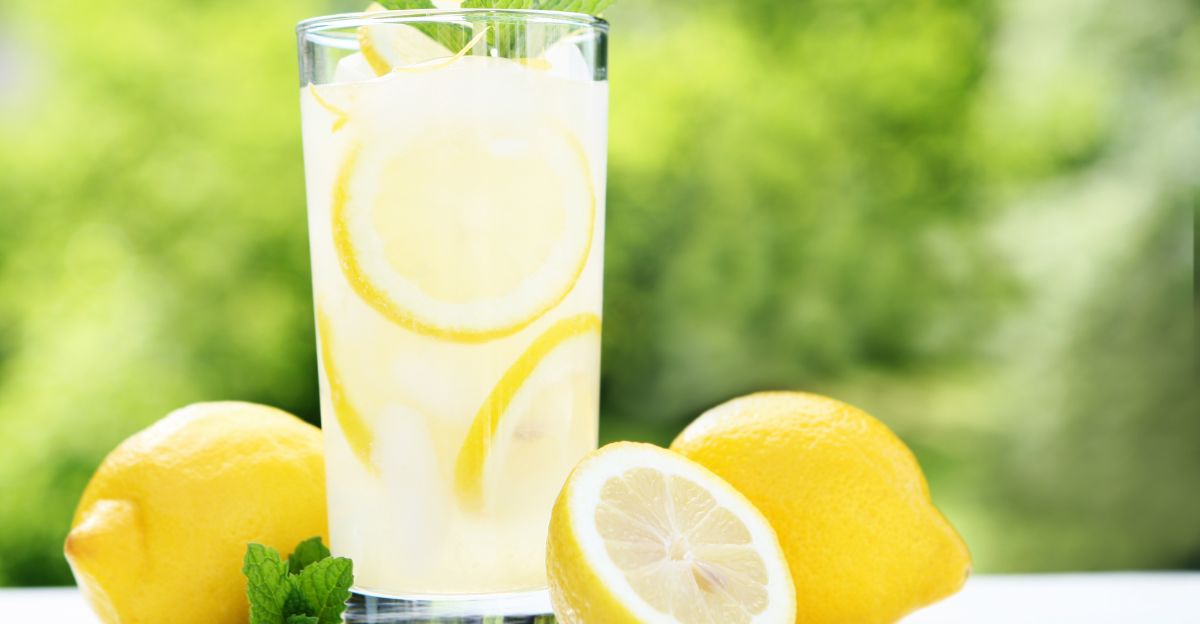
First Lady Lucy Hayes made headlines for serving lemonade instead of wine at state dinners, turning “Lemonade Lucy” into a cultural symbol.
Her firm stance reflected both religious values and the changing social mores in late 19th-century Washington. Even political correspondents noted the “dry” atmosphere at these historically alcohol-free events.
12. Raw Onion Removal
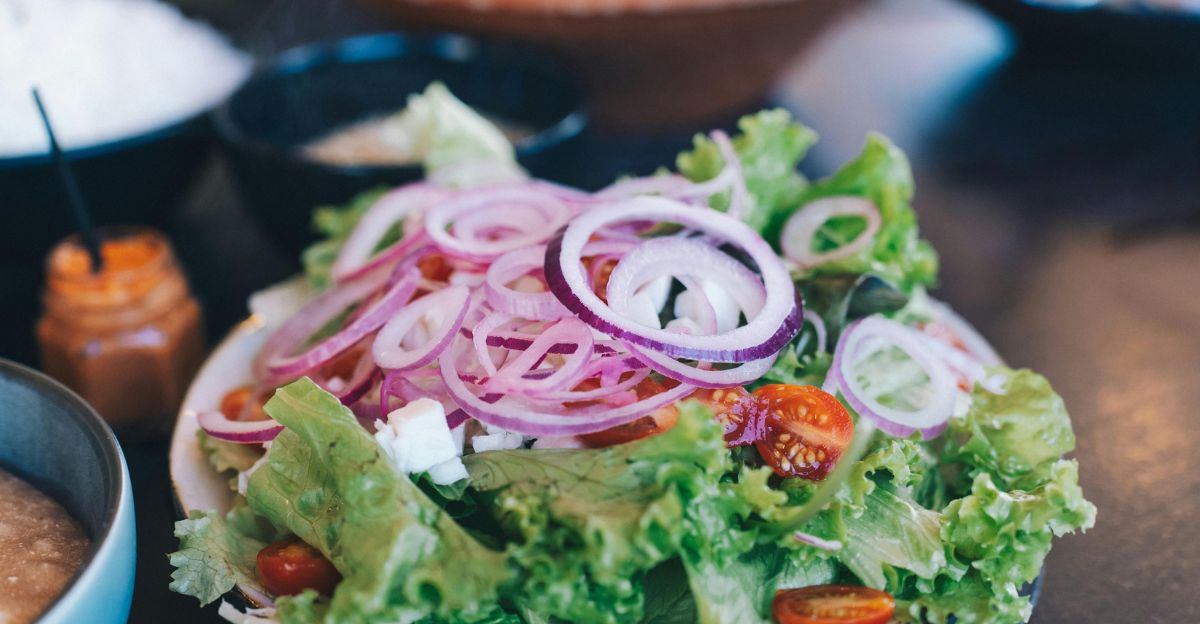
John F. Kennedy disliked raw onions so much that he directed staff to remove them from salads and sandwiches.
White House cooks closely observed this rule, ensuring that the president and his guests never encountered the offending ingredient at official meals—a detail confirmed in profiles by White House chefs.
13. The Salad Oil Debacle
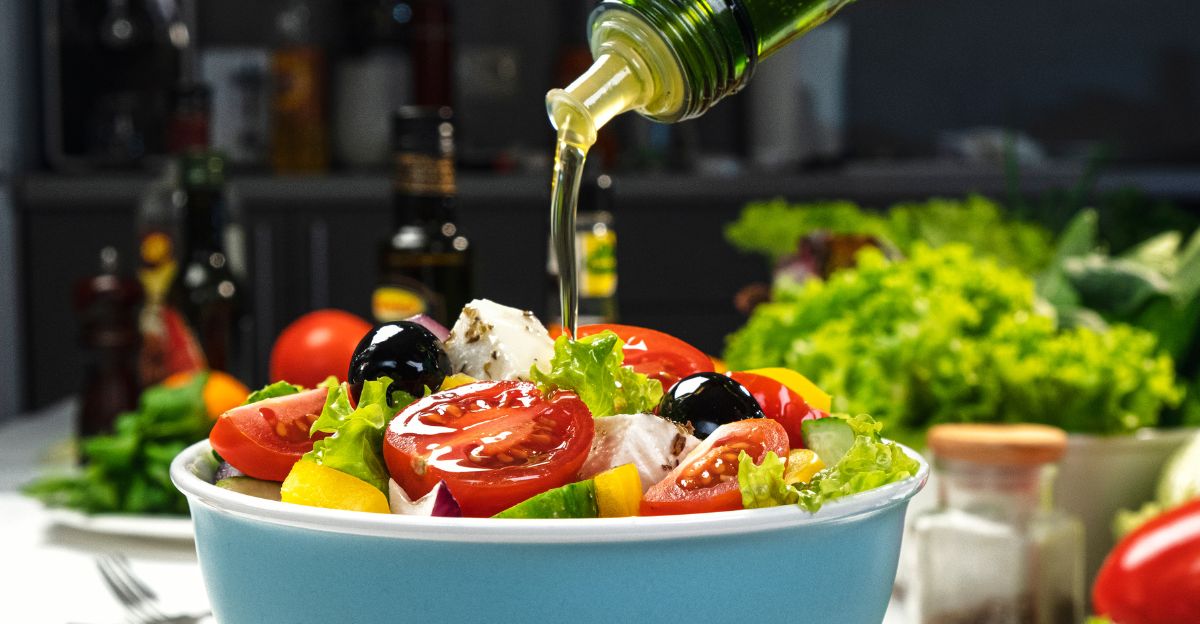
Safety concerns during Kennedy’s era led to the restricted use of bulk salad oil at the White House, following controversies over authenticity and quality in U.S. food supplies.
Chefs were instructed to use only trusted, premium ingredients, a rule that underscored the seriousness with which presidential kitchens take health and reputation.
14. Beefless Days
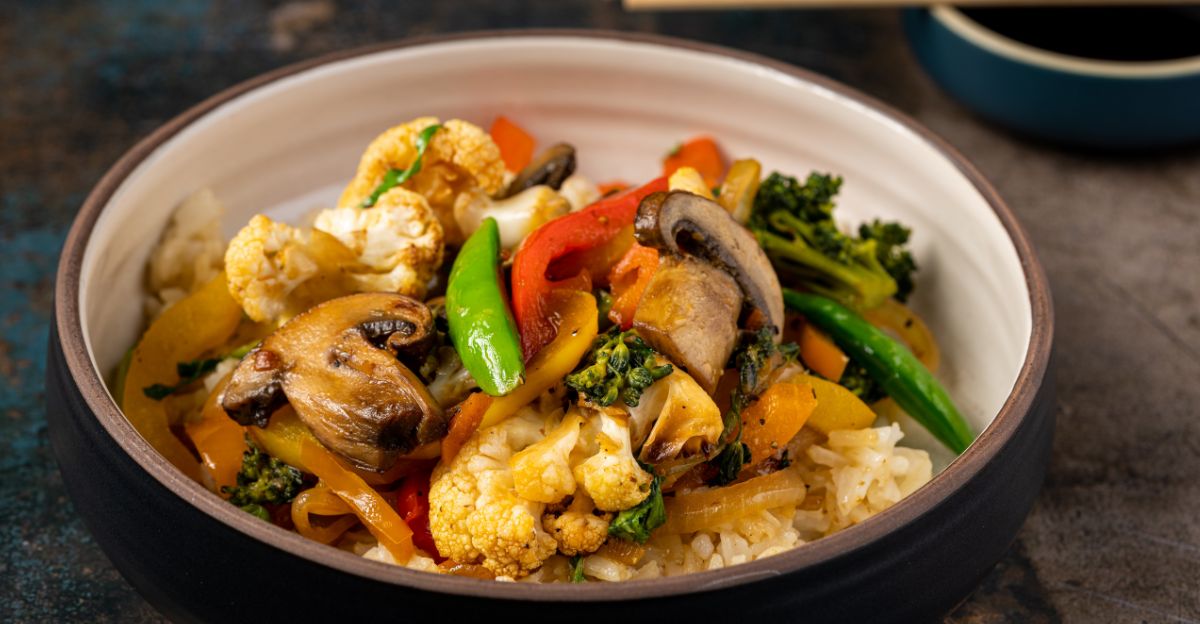
President Woodrow Wilson joined the “meatless Mondays” and “wheatless Wednesdays” wartime rationing efforts by implementing bans on meat and wheat servings during official White House meals.
These policies influenced daily menus and symbolized the president’s commitment to national sacrifice and resourcefulness.
15. The Coffee Reversal
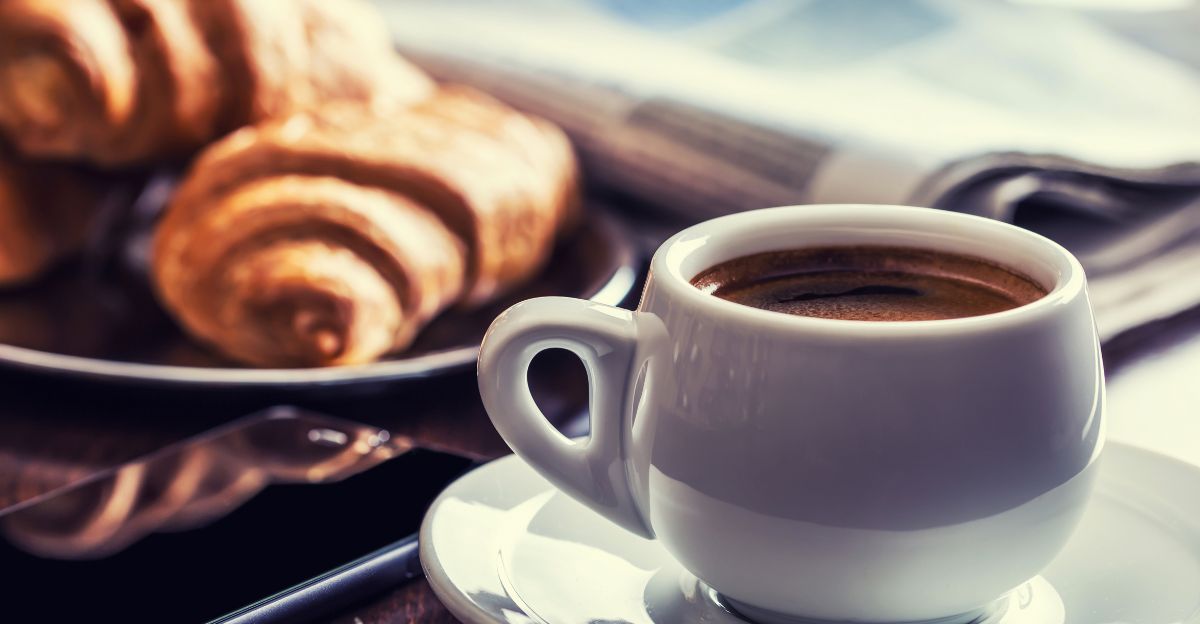
Stateman and Founding Father James Madison briefly replaced coffee with tea at breakfast for health reasons.
Staff respected the rule despite guest complaints, but the ban was eventually lifted once Madison realized the tradition’s popularity outweighed his dietary preference.
16. Liver’s Quiet Exit
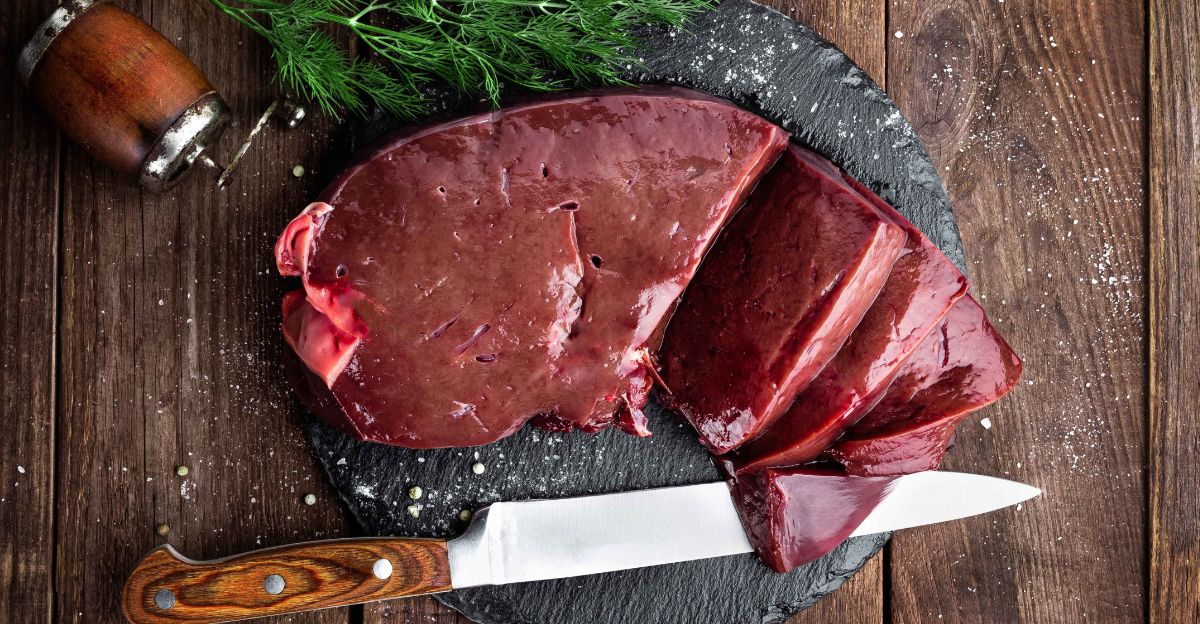
Dwight Eisenhower’s dislike for liver meant it was quietly removed from both White House menus and Air Force One.
Chefs verify that “it’s a no-go for Ike,” prioritizing consistent presidential satisfaction over culinary tradition.
17. The Sardine Snub
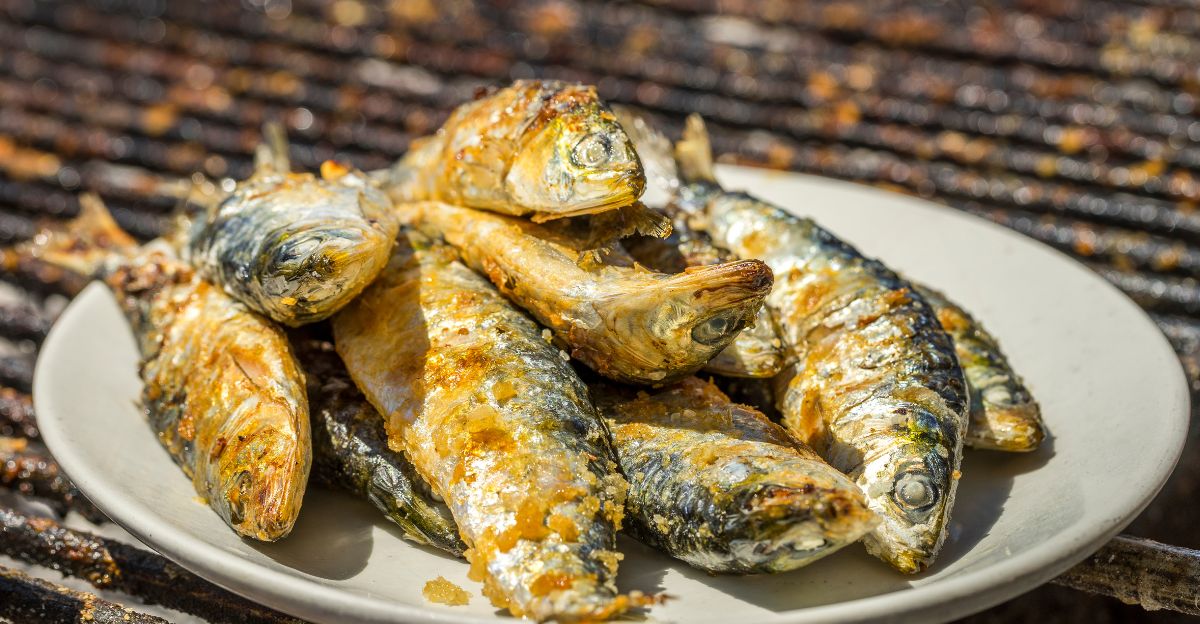
Herbert Hoover prohibited sardines from official White House meals, citing their “strong odor” and the notion that they were unsuitable at prestigious tables.
Correspondence from chefs shows sardines were replaced with milder seafood options for high-profile diplomatic dinners.
18. The Tomato Timing Rule
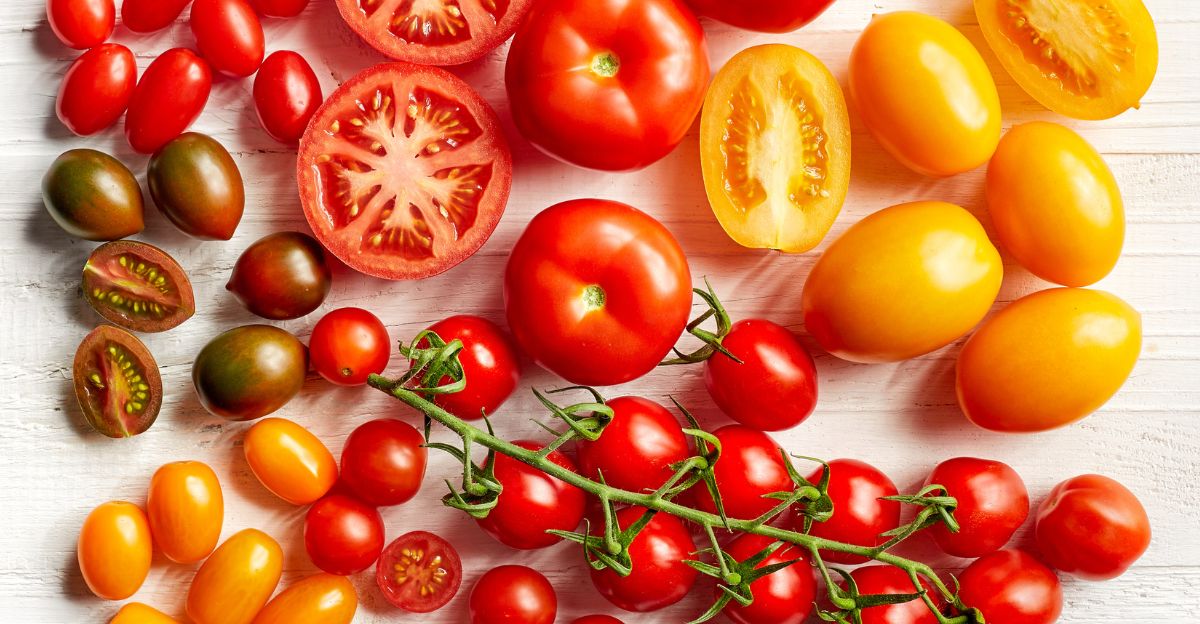
Barack Obama instructed White House kitchen staff to avoid serving tomatoes out of season, demanding only the freshest, peak-flavor ingredients.
Staff recall this “tomato timing” rule, which led to creative menus during the winter months—surprising many at formal gatherings with careful attention to seasonal produce.
Final Taste of History

Presidential food bans span generations, each one a reflection of the personal quirks, cultural priorities, and shifting values of its time.
From broccoli rebellions to the gentle saving of a turkey, every exclusion on this list represents a unique story within American history—proof that even the most powerful stand their ground at the dinner table.